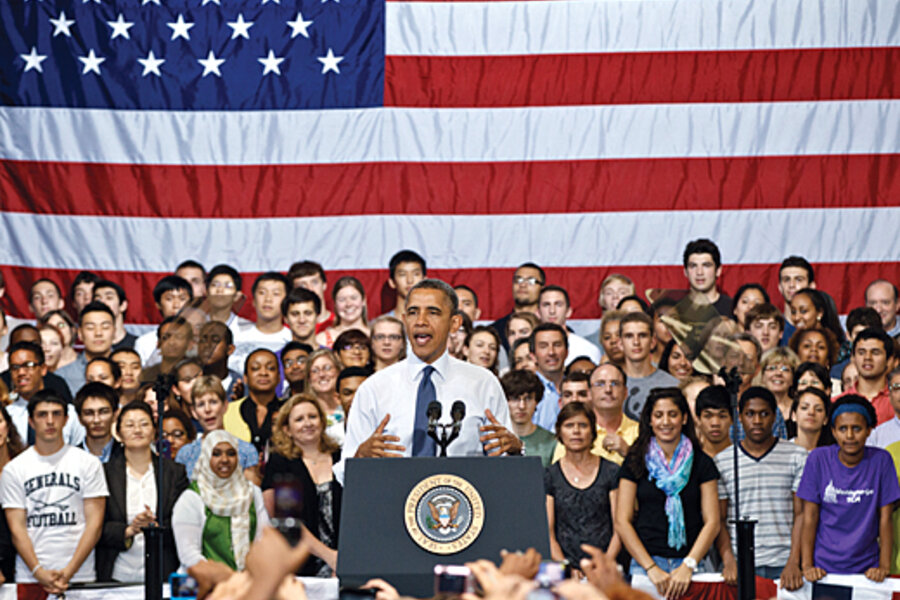I was looking at the (private) universities that I had considered attending.
The one I attended had tuition go from about 15k per year to over 37k for this next year. One I had considered had tuition go from about 12k (I think, I don't remember as well since I didn't attend) to over 18k for this next year.
"Between 1999 and 2009, tuition at public four-year colleges rose 73 percent on average, and tuition at private nonprofit colleges jumped 34 percent. In the same period, median family income fell by about 7 percent."
It appears that the college I attended rose a faster than expected, but still... how do people afford it now? And what has really caused it? I know the pay for professors hasn't increased so much, and nonprofit colleges don't have high research costs (and it doesn't seem to me that the cost of research has increased a lot either).
JM
(I didn't consider going there, but for HC: http://my.cmu.edu/portal/site/admission/costs2/ CMU would cost 45k in tuition.)
The one I attended had tuition go from about 15k per year to over 37k for this next year. One I had considered had tuition go from about 12k (I think, I don't remember as well since I didn't attend) to over 18k for this next year.
"Between 1999 and 2009, tuition at public four-year colleges rose 73 percent on average, and tuition at private nonprofit colleges jumped 34 percent. In the same period, median family income fell by about 7 percent."
It appears that the college I attended rose a faster than expected, but still... how do people afford it now? And what has really caused it? I know the pay for professors hasn't increased so much, and nonprofit colleges don't have high research costs (and it doesn't seem to me that the cost of research has increased a lot either).
JM
(I didn't consider going there, but for HC: http://my.cmu.edu/portal/site/admission/costs2/ CMU would cost 45k in tuition.)

 /sarcasm
/sarcasm


Comment